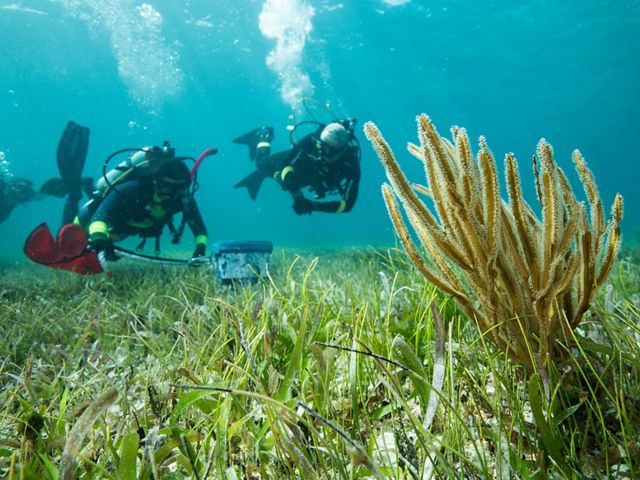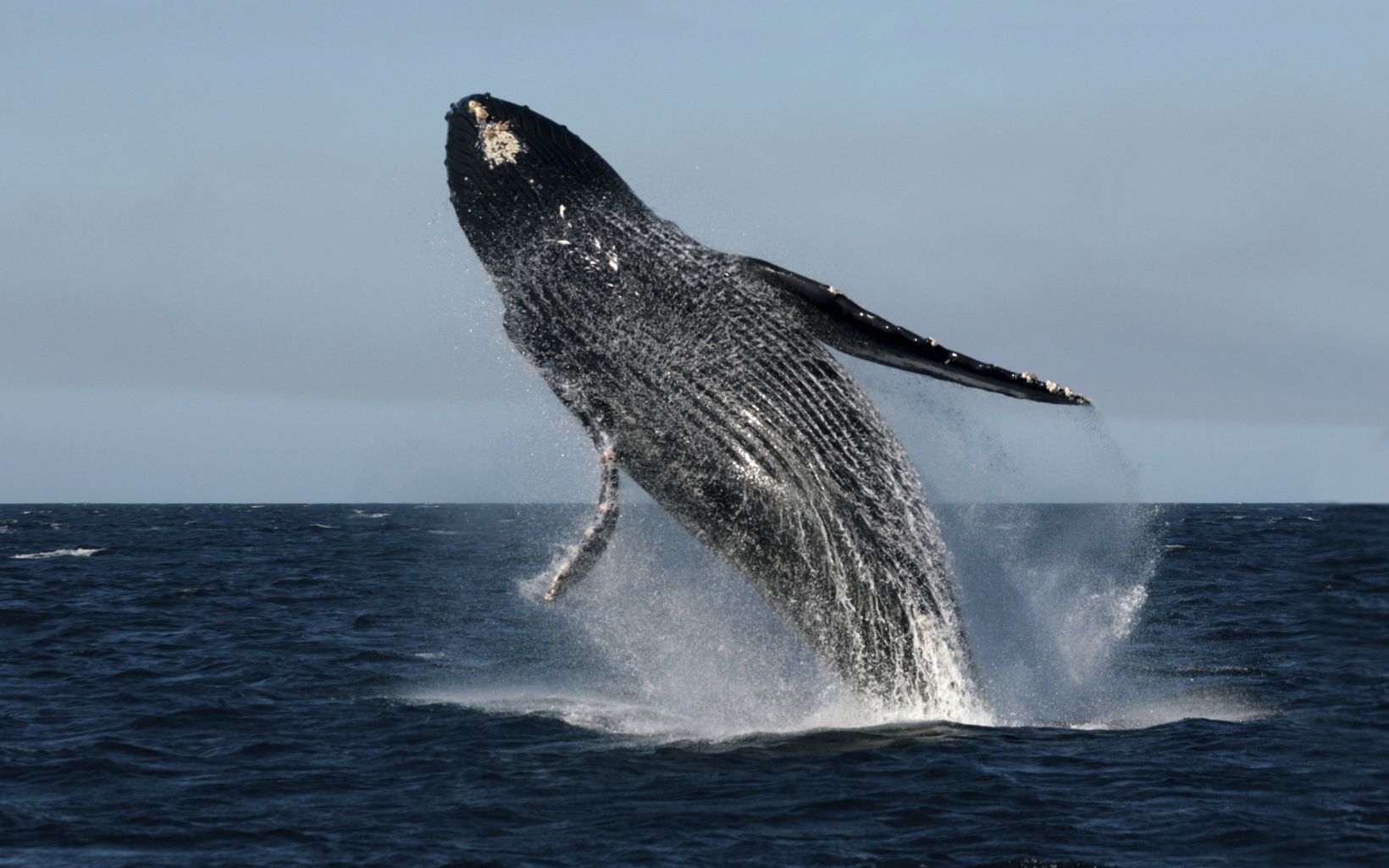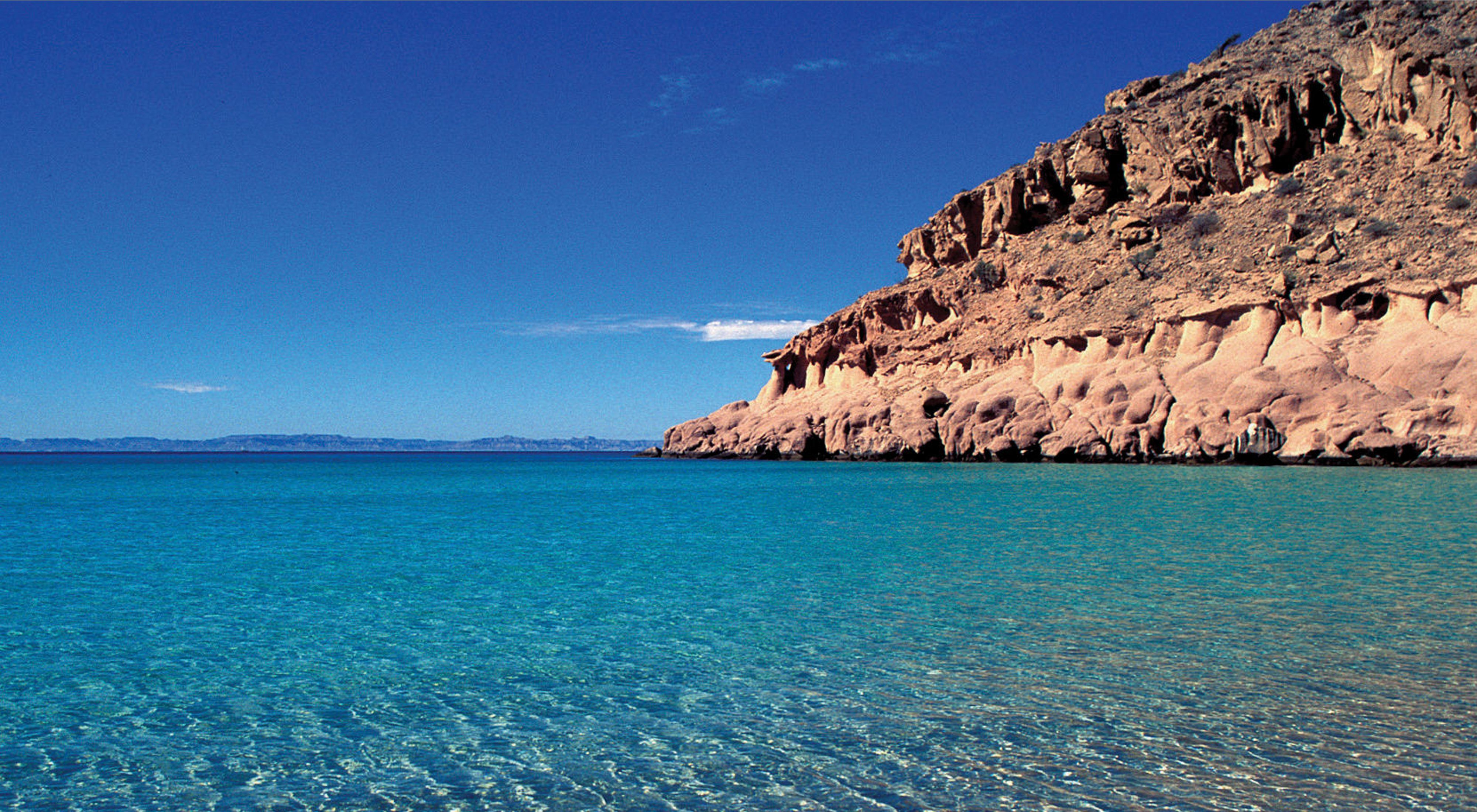Though commercial fishing and tourism bring substantial revenues to the Mexican economy, they also threaten to destroy the very ecosystems that produce fish, attract tourists and buffer coastal communities from storms.
The Nature Conservancy (TNC) is working to protect the Mesoamerican Reef, the largest barrier reef in the Western Hemisphere. The reef shields coastal communities from increasingly common hurricanes and natural disasters. We are helping create protected natural areas that in turn, protect the humans that depend on them.
Mexico recently announced a tripling of its protected areas, including some very large marine protected areas (MPAs) on both coasts. These new MPAs—which stitched together would measure about two times the area of New Mexico—mean Mexico has placed 23% of its marine area under protection, more than doubling its Aichi MPA target of 10%.

Revillagigedo Archipelago National Park
With the support of TNC and partner organizations, Mexico established the Revillagigedo Archipelago National Park in November 2017 to ensure the conservation of over 34 million acres of marine areas protected from fishing or extractive activities. The park, located off Mexico’s Pacific coast, consists of four volcanic islands and their surrounding marine habitats, and is now the largest marine protected area in all of North America. The park will protect migratory routes of dozens of species of sharks, rays, tuna, sea turtles and dolphins, vital breeding grounds for humpback whales and more than 400 fish species.
First Aid for Coral Reefs
In 2018, Mexico’s Quintana Roo state government committed to developing a multi-sectoral trust fund to build coastal resilience by creating the first ever insurance policy on nature. The insurance will be activated in the case of a category 4 or 5 hurricane, and scientific experts will immediately work to uncover damaged coral, remove the dead pieces, put the remaining ones back together and ultimately ensure the survival of the reef and the protection of the tourismdependent coastlines. The fund is part of the collaboration between TNC, the Swiss Re insurance company and other local partners.
Explore the photo gallery below and read more about how we are insuring nature to ensure a resilient future.
Quote: Diana Bermudez
The seas of Mexico are places of tremendous natural wealth. We are building alliances with a wide array of partners to balance conservation, economic and social needs in order to assure that the region's ocean bounty is sustained.








